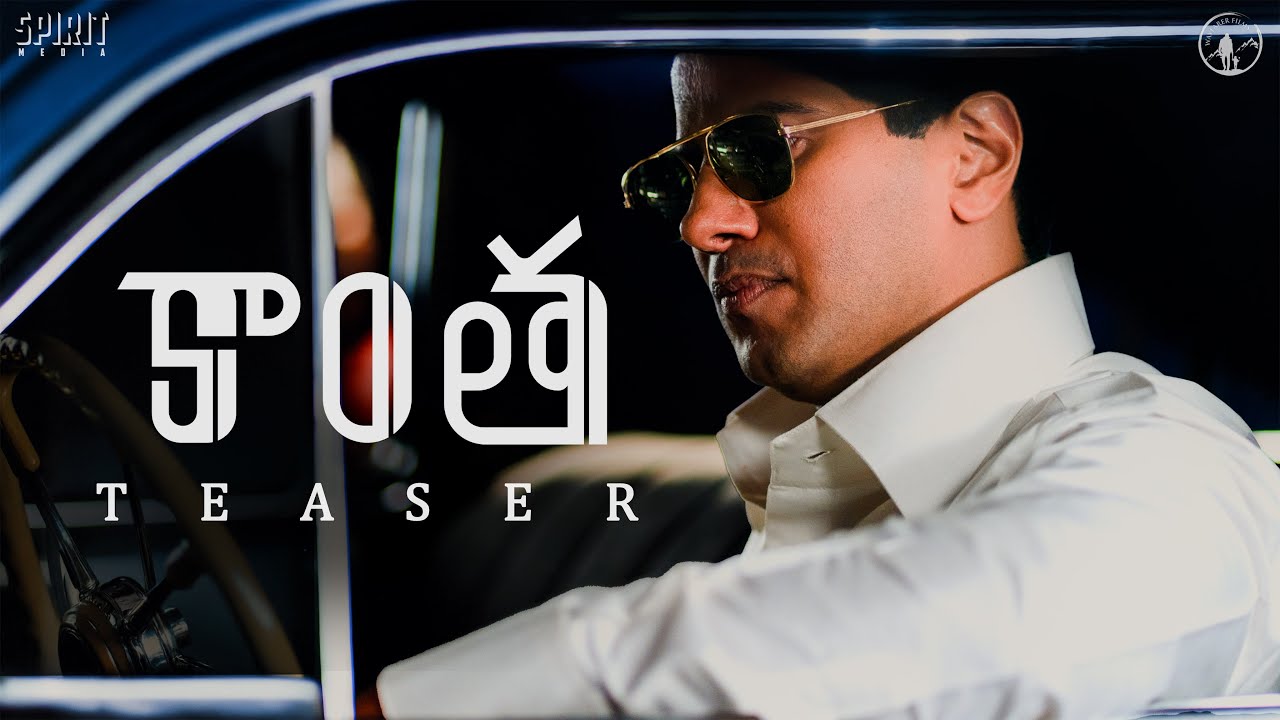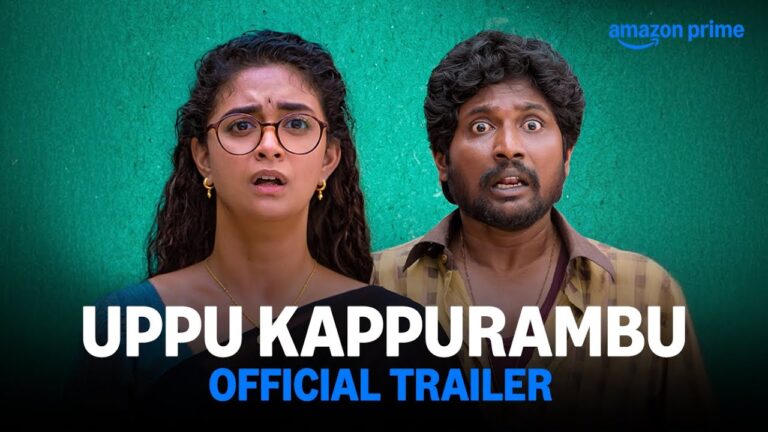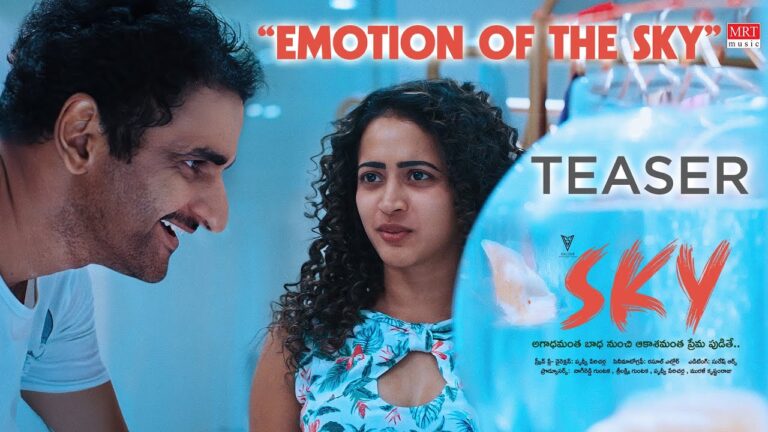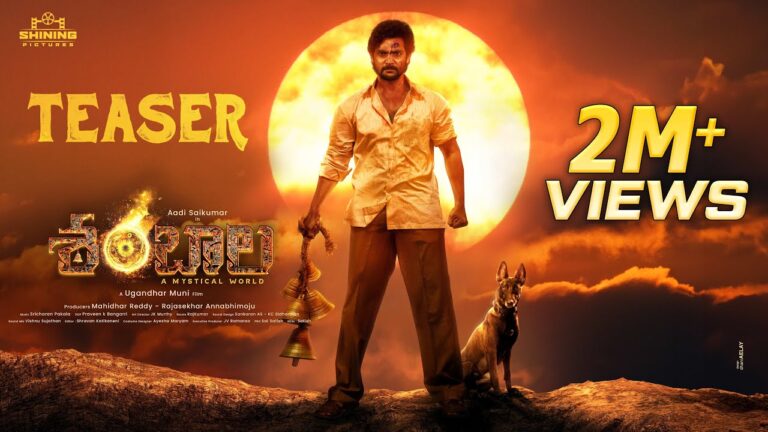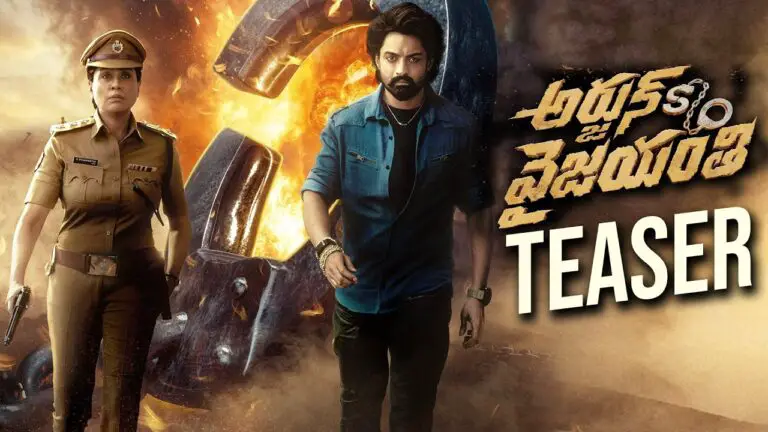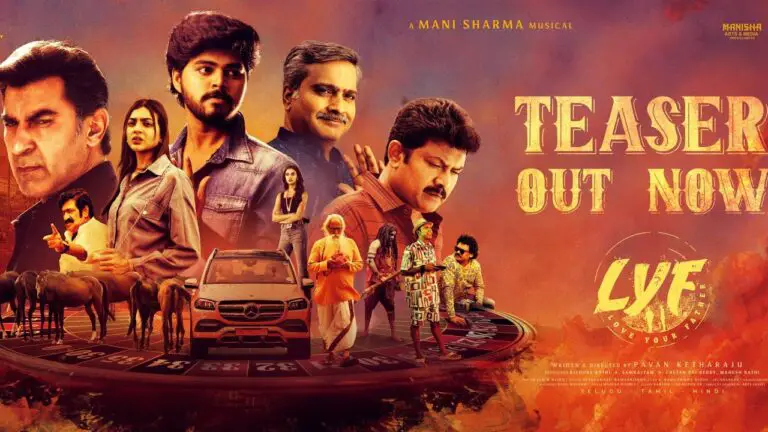Kaantha Movie 2025 Bapamtv Review Details
Kaantha (2025) Movie Review – Director’s Vision and Style Explored
Kaantha emerges as one of the most ambitious Indian period dramas of 2025, merging raw emotions with a visually rich portrayal of 1950s Madras. With Selvamani Selvaraj at the helm, the film transcends conventional storytelling and becomes a statement of artistic vision.
Director Selvamani Selvaraj’s Vision
Selvaraj approaches Kaantha with deliberate restraint, carefully balancing intimate family conflicts with sweeping cinematic moments. His direction respects the era’s cultural mood while pushing boundaries in how the story unfolds.
The period authenticity is not mere background dressing; it’s embedded in every choice, from the sets to the subtle interactions between characters. This grounding makes the narrative both believable and emotionally potent.
Directorial Choices that Shape the Film
Selvaraj’s choice to frame Ayya, the father, as both an imposing figure and a man trapped in his ideals adds dimension. This nuanced portrayal invites viewers to feel both admiration and discomfort toward him.
Scenes are constructed with long takes, allowing actors to inhabit their characters fully. This stylistic decision lends a theater-like quality that fits the story’s generational themes.
Influences and Inspirations
Kaantha draws from classic South Indian cinema while borrowing narrative depth from auteur-driven films. Hints of Italian neorealism and 1950s Tamil studio culture peek through the director’s choices.
Selvaraj seems inspired by filmmakers who value controlled pacing and layered storytelling, using silence and minimal dialogue to speak volumes about ambition and regret.
Comparison to Previous Works
Unlike his earlier works, which leaned on modern narratives, Selvaraj experiments here with vintage textures and emotional restraint. His past projects hinted at ambition, but Kaantha feels like his fully realized statement.
The measured direction suggests a filmmaker more confident in letting stillness speak than overloading every scene with action or dialogue.
Signature Elements of Selvamani Selvaraj
The director’s hallmark is blending intimate character arcs with larger socio-cultural commentary. That’s on full display here, with family drama intertwined with the shifting tides of cinema’s golden age.
He uses muted lighting, lived-in sets, and minimalistic dialogues—signature touches that make his storytelling instantly recognizable.
Performances Aligned with the Vision
Dulquer Salmaan’s portrayal of the ambitious son is tightly aligned with the director’s vision. His evolution from hesitant heir to defiant artist mirrors Selvaraj’s exploration of generational tensions.
Samuthirakani dominates as Ayya, embodying a man both feared and pitied. Selvaraj’s lens frames him in power-filled silhouettes, showing the director’s eye for character-driven visuals.
Bhagyashri Borse’s Contribution
Bhagyashri Borse stands out as the female lead whose arc disrupts the father-son dynamic. Selvaraj uses her role not just as a romantic subplot but as a spark that challenges entrenched hierarchies.
Her presence reflects the director’s ongoing focus on strong, complex female characters that push narratives forward.
Cinematography Supporting the Director’s Style
Dani Sanchez-Lopez collaborates seamlessly with Selvaraj, crafting images that echo the director’s intentions. Sepia tones and vintage framing techniques amplify the film’s nostalgic appeal.
The director’s insistence on period-accurate visual grammar ensures that every scene feels like a carefully painted canvas from the 1950s.
Music Complementing Directorial Choices
Jhanu Chanthar’s music complements Selvaraj’s vision, using classical influences and lush orchestration to underscore emotional beats. Songs are not just fillers—they are narrative devices.
Selvaraj ensures music blends into storytelling rather than overpowering it, making the soundtrack feel organic to the plot.
Box Office and Anticipation
Kaantha is already creating a stir ahead of its September 2025 release, with critics expecting strong box office numbers. The director’s bold vision is a major factor behind the buzz.
The combination of Selvaraj’s style and the star-studded cast positions it to perform well across multiple language markets.
Table – Kaantha Movie Quick Facts
| Aspect | Details |
|---|---|
| Director | Selvamani Selvaraj |
| Main Cast | Dulquer Salmaan, Samuthirakani, Bhagyashri Borse, Rana Daggubati |
| Genre | Period Drama |
| Setting | 1950s Madras |
| Music Composer | Jhanu Chanthar |
| Star Rating | 4/5 (Subject to change) |
FAQs
Question 1
What makes Selvamani Selvaraj’s direction in Kaantha unique?
He blends intimate family storytelling with cultural and cinematic nostalgia, crafting a film that feels both personal and grand.
Question 2
How does the director’s style influence the performances?
His long takes and restrained pacing allow actors like Dulquer Salmaan and Samuthirakani to deliver deeply layered performances.
Question 3
Is Kaantha’s visual style consistent with Selvaraj’s earlier works?
It expands on his signature minimalism, adding period-specific textures and emotional restraint not fully seen before.
Conclusion
Kaantha stands as a striking testament to Selvamani Selvaraj’s evolving artistry. His direction gives the film its backbone, weaving together performances, music, and visuals into an emotionally rich tapestry.
The result is a period drama that doesn’t just depict history—it feels like a living part of it. With a 4/5 rating, this cinematic journey promises both critical acclaim and lasting impact, though the rating may vary once audiences witness it firsthand.
